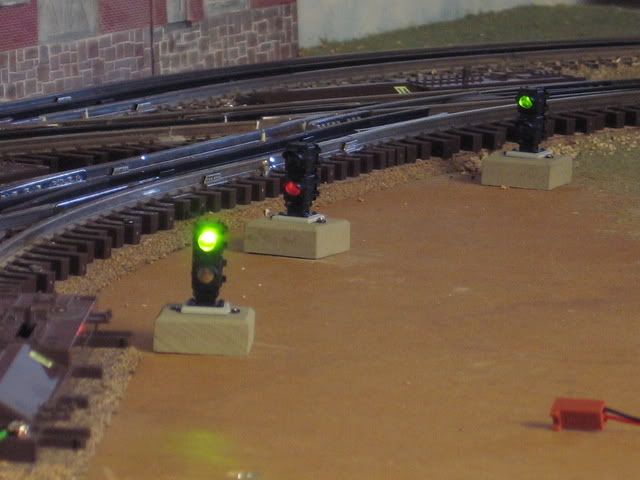Picked up one of these since i liked the integrated Green/On and Red/Off LED in the toggle. It says it is for 12v DC (automotive use), so I was a little surprised that the LED worked just fine. Almost no voltage drop when wired inline with my track block (about 0.05v drop).
I am no electrical expert, but as I understand it the light is really only illuminating every other cycle, it just appears to be on because my eye cant detect the flicker. Any downside to powering a DC LED with AC track voltage like this? Shorter life? At $6 per I don't want to build a switch panel that burns out on me after a few months.













